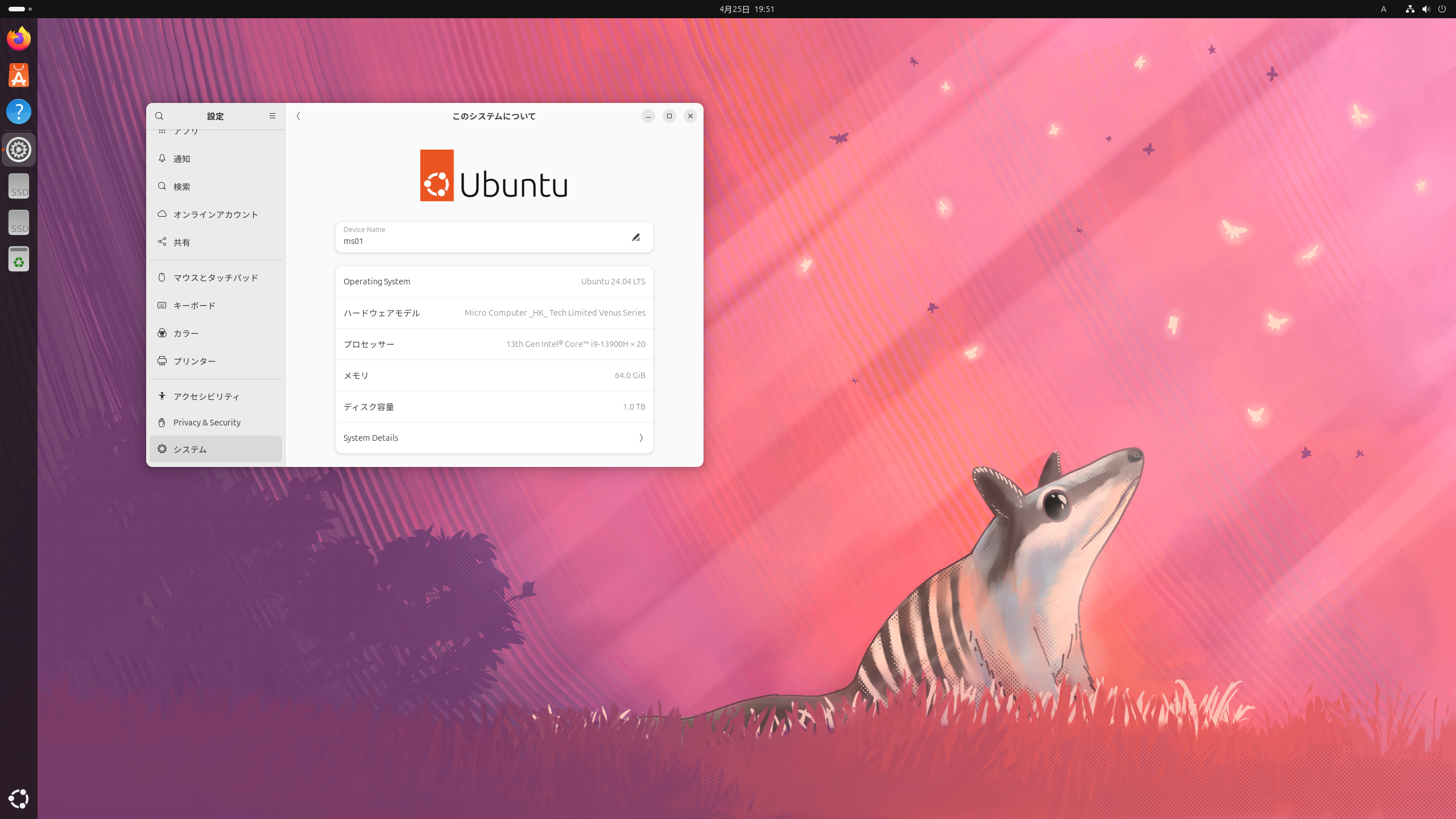Diving deep into XeSS’s internal supersampling technology, Intel not only attempted to explain this aspect of Intel Arc to the general public, but also wanted to make it more palatable. Another video with Tom Petersen and Ryan Schrute is now about ray tracing.
This has already been shown in relation to the Arc, but the demo was based on an entry level Arc A380 solution. In the current video (via Intel Corporation) In the meantime, it goes into the higher performance areas, which are benchmarked in benchmarks with Nvidia’s middle tier.
If you take a quick look at the technical details, the Arc A770 has 32 ray tracing units (RTUs). They provide full hardware-based ray tracing acceleration. It consists of several modules for calculating box-intersections, a traversal pipeline, a module for a triangle or quadrupole intersection as well as a custom BVH cache. At the top, Intel mentions the calculations of 12 square junctions and 1 triangle junction per cycle according to the hardware combination of each Xe core present. However, more accurate key numbers are saved for the product range.
In addition to this device intended for ray tracing, there is also a thread sorting unit. Roughly speaking, this is responsible for sorting the different workloads of the target triangle shaders and arranging and summarizing the functions according to when the Xe cores are calculated. The goal is to achieve the best possible coherence in the computation, which ultimately benefits efficiency.
How this ultimately reflects in performance was first demonstrated using an in-house technology demonstration from Intel. It’s simply called “spheres” and it shows many fields moving across the screen in different patterns. In this demo, the Geforce RTX 3060 was compared. In beta testing using only one shader, it almost stands a chance against the Intel Arc A770, which significantly outperforms with 69.5 compared to 33.9 fps. With 128 shaders, that is, different textures for fields, it drops to 21.6 fps for the RTX 3060, while Intel’s Arc A770 offers 52.8 fps in this category.
However, it is on par with 1080p gaming standards with active ray tracing. Intel claims the overall victory here, although it is also subject to competition for several titles. Ghostwire Tokyo proves that you can get extra performance, especially with more work on the driver. Corresponding improvements guarantee a performance increase of 25 percent, which in turn puts you ahead of the Geforce RTX 3060 rather than leaving the competition. There are also some benchmarks in higher resolution including XeSS.

“Certified tv guru. Reader. Professional writer. Avid introvert. Extreme pop culture buff.”







More Stories
Latest technology for community safety – Celler Presse
Open day and career day on May 3: specialized lectures on renewable energies and electric mobility, modern innovative solutions in automation technology and much more.
Chassis and transmission of the G 580 with EQ